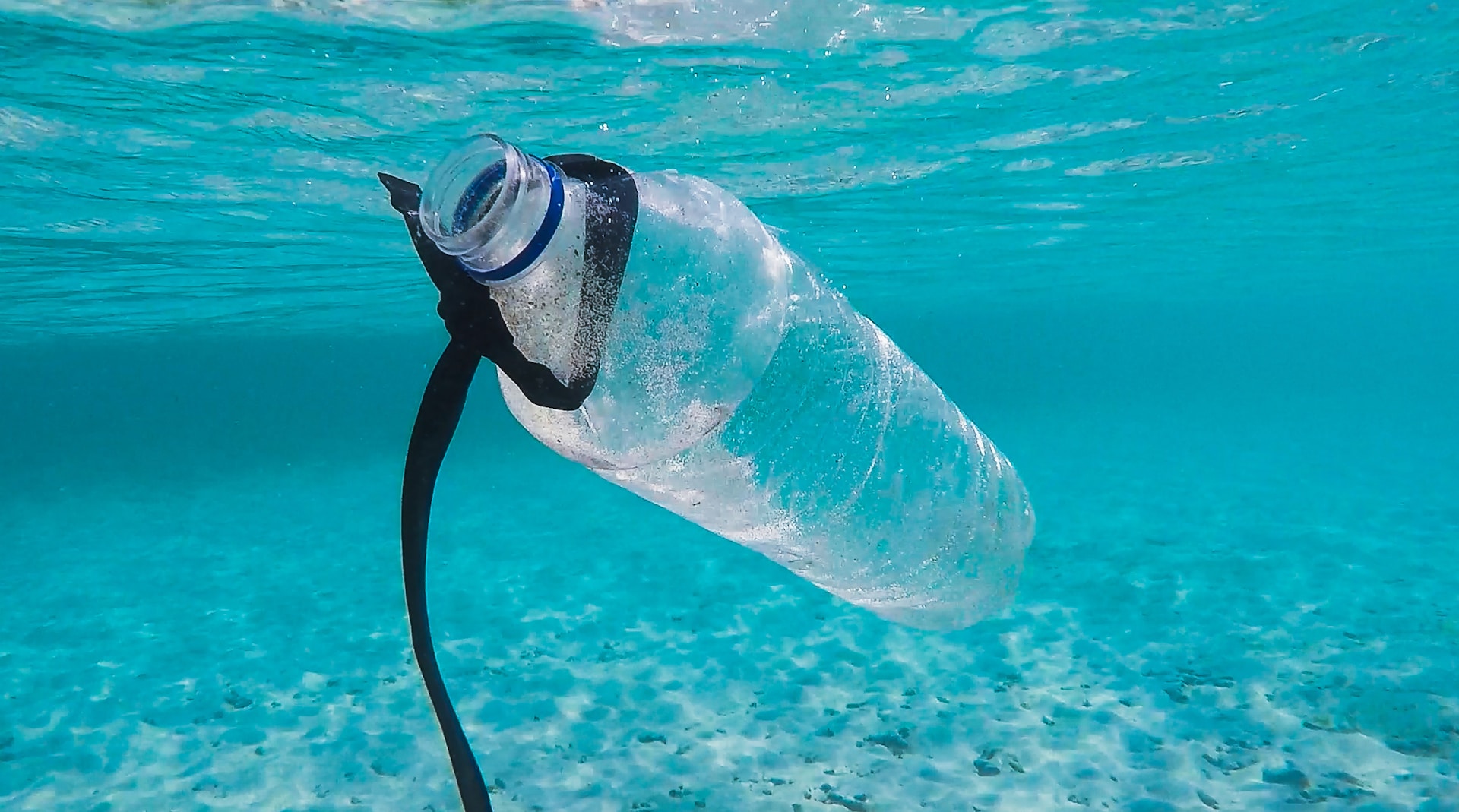Assessing Marine Debris in the Proposed Chumash Heritage National Marine Sanctuary

California is both a major source of anthropogenic marine debris, and an area particularly vulnerable to its damaging impacts. However, little is known about the quantities and impacts of marine debris in the proposed Chumash Heritage National Marine Sanctuary (CHNMS) along the central coast of California. This project creates a baseline assessment of marine debris in the proposed CHNMS. It aims to inform the National Oceanic and Atmospheric Administration (NOAA) Sanctuaries West Coast Regional Office, along with sanctuary management partners and local communities, about local marine debris and potential management measures. Existing community science beach cleanup data and primary collected data were analyzed to understand spatial patterns in quantities and types of marine debris. We found that plastic debris is the most common material type; areas with the greatest debris densities are likely the Morro Bay, Avila Beach, Five Cities, and Gaviota Coast areas. Smoking, eating, and drinking are major activities that contribute to coastal debris in this region. Alongside this quantitative analysis, analyses of policies and interviews with agencies, local organizations, research institutes, and Indigenous communities revealed that current policies may not be effective at reducing marine debris, despite strong concern for marine debris and its impacts on the coastal environment in this region. Based on these findings, we recommend streamlining debris collection protocols with standardized debris categories and effort metrics, implementing innovative policies to reduce marine debris sources, ensuring co-stewardship of the CHNMS to include and prioritize Indigenous perspectives, and conducting additional research on marine- and land-based sources of debris. These recommendations will enhance monitoring and mitigation of marine debris in the CHNMS.
Acknowledgements
UC Santa Barbara Bren School: Dr. Steve Gaines, Dean and Distinguished Professor; Dr. Chris Jerde, Lecturer; Charles (Kim) Kimbell; Lynn Scarlett
NOAA Sanctuaries West Coast Regional Office: William Douros, Regional Director; Laura Ingulsrud, Policy Analyst
Ashley Hollister, Hollister Ranch
Interview Participants
Elizabeth Hiroyasu, Jack and Laura Dangermond Preserve
Keep America Beautiful: Jennifer Lawson; Gabriela Polo; David Scott; April Wetterstrom
Michaela Miller, National Marine Sanctuary Foundation
NOAA Channel Islands National Marine Sanctuary: Sean Hastings; Jennifer Selgrath
NOAA Marine Debris Program: Hillary Burgess, Christy Kehoe
NOAA Monterey Bay National Marine Sanctuary: Bridget Hoover, Pam Krone
Carolina Behe, NOAA Office of National Marine Sanctuaries
Michael Murray, NOAA Sanctuaries West Coast Regional Office
Professional Environmental Management Association (PEMA)
Jennifer Harrah, Surfrider Foundation
Anna Brunnick, Undergraduate Intern Summer 2023, Bren Environmental Leadership Program